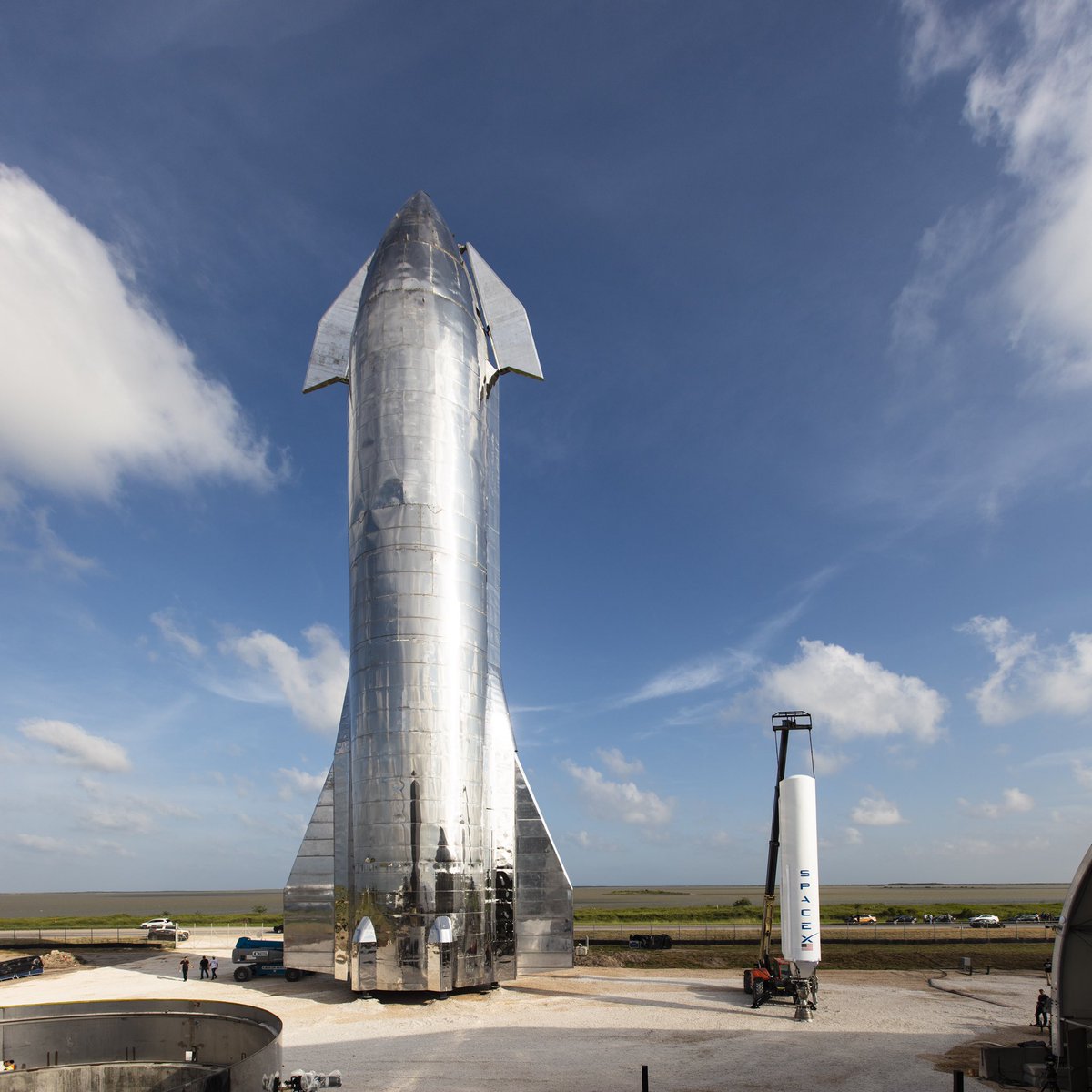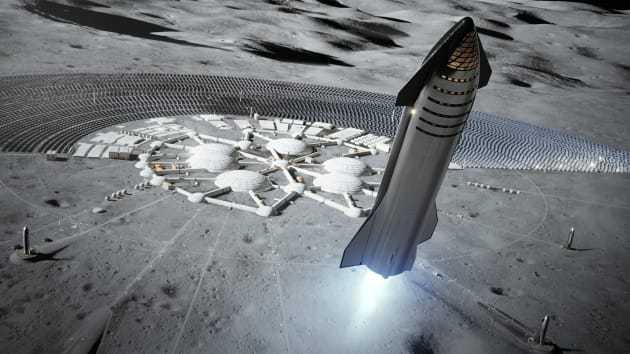Elon Musk and SpaceX have suffered third failure in a row for the Starship programme, after a test flight experienced “ a rapid unscheduled disassembly.”
On Tuesday evening, a prototype of SpaceX’s 403-foot (123 metre) Starship successfully launched from Starbase, which is SpaceX’s launch site at the southern tip of Texas.
This month residents in the south Texas village near Brownsville had voted to organise as an official city, with 212 in favour and 6 against. It is not clear at the time of writing how many of the voters were employees of SpaceX.
Starship test flight
SpaceX announced on Tuesday the ninth test flight for the “Super Heavy booster supporting the mission made the first ever reflight in the Starship program, having previously launched on Starship’s seventh flight test in January 2025.”
Starship successfully blasted off and “performed a full-duration ascent burn with all 33 of its Raptor engines and separated from Starship’s upper stage in a hot-staging manoeuvrer.”
It was the first time that a Starship – intended for travel to the moon and Mars – flew with a recycled booster – a notable development that should help contain costs.
But SpaceX’s hopes of releasing of mock satellites following liftoff failed as “Starship’s payload bay door was unable to open which prevented the deployment of the eight Starlink simulator satellites.”
Falling short of its main objectives, “a subsequent attitude control error resulted in bypassing the Raptor relight and prevented Starship from getting into the intended position for reentry.”

Approximately 46 minutes into the flight contact with Starship was lost, and the spacecraft tumbled out of control and broke apart, making an uncontrolled landing in the Indian Ocean.
“As if the flight test was not exciting enough, Starship experienced a rapid unscheduled disassembly,” the firm tweeted on X (formerly Twitter). “Teams will continue to review data and work toward our next flight test”.
As if the flight test was not exciting enough, Starship experienced a rapid unscheduled disassembly. Teams will continue to review data and work toward our next flight test.
With a test like this, success comes from what we learn, and today’s test will help us improve Starship’s…
— SpaceX (@SpaceX) May 28, 2025
Learning experience
This is now the third straight setback for the giant SpaceX rocket, but the firm sought to put a positive spin on the test flight.
“Starship’s ninth flight test marked a major milestone for reuse with the first flight-proven Super Heavy booster launching from Starbase, and once more returned Starship to space,” said SpaceX.
“Data review is underway, and new improvements will be implemented as work begins to prepare the next Starship and Super Heavy vehicles for flight. Developmental testing by definition is unpredictable, but every lesson learned marks progress toward Starship’s goal of enabling life to become multiplanetary.”

Elon Musk meanwhile tweeted that it was a “big improvement” from the two previous demos, which ended in crashes over the Atlantic.
Despite the latest setback, Musk promised a faster launch pace moving forward, with a Starship launching every three to four weeks for the next three flights.
“Starship made it to the scheduled ship engine cutoff, so big improvement over last flight! Also, no significant loss of heat shield tiles during ascent,” Musk tweeted. “Leaks caused loss of main tank pressure during the coast and re-entry phase. Lot of good data to review.”
“Launch cadence for next 3 flights will be faster, at approximately 1 every 3 to 4 weeks,” he added.
Previous issues
The previous two Starship launches never made it past the Caribbean.
For example a test flight earlier this year ended just minutes after liftoff.
No injuries or serious damage were reported at the time, and last week the Federal Aviation Administration cleared Starship for another flight.


